Latest News
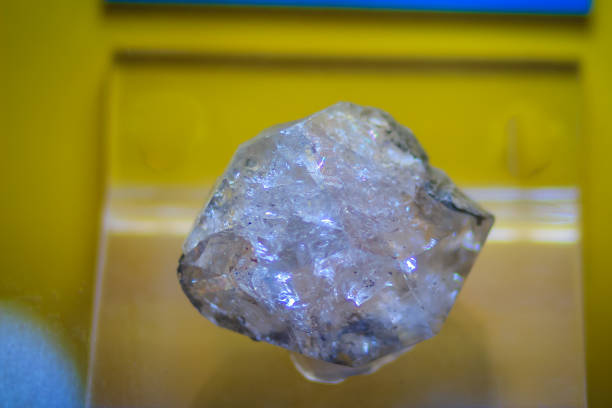 Revolutionizing Water Treatment: Anionic Emulsion Polyacrylamide's Role in Purification
2024-04-26
Revolutionizing Water Treatment: Anionic Emulsion Polyacrylamide's Role in Purification
2024-04-26
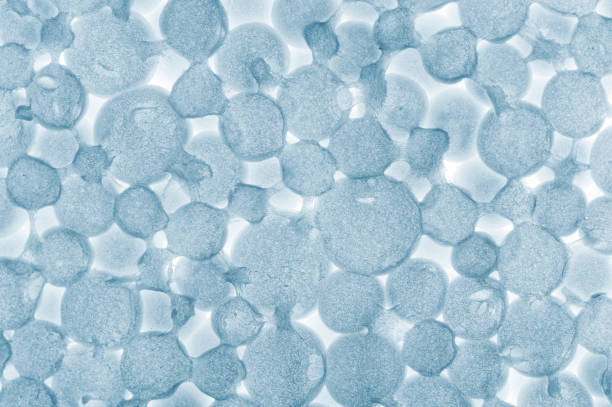 Understanding Anionic Emulsion Polyacrylamide
2024-04-08
Understanding Anionic Emulsion Polyacrylamide
2024-04-08
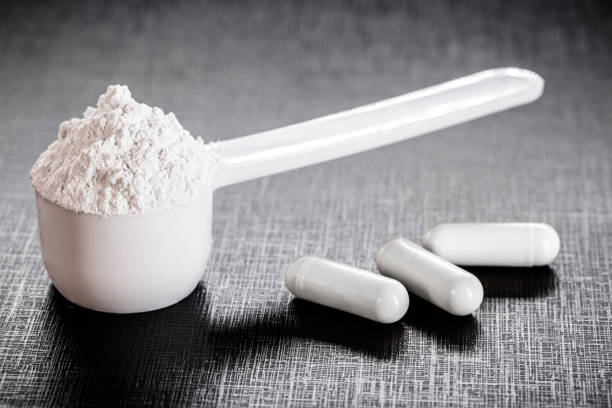 Enhancing Oil Recovery Processes with Powder Anionic Polyacrylamide
2024-03-27
Enhancing Oil Recovery Processes with Powder Anionic Polyacrylamide
2024-03-27
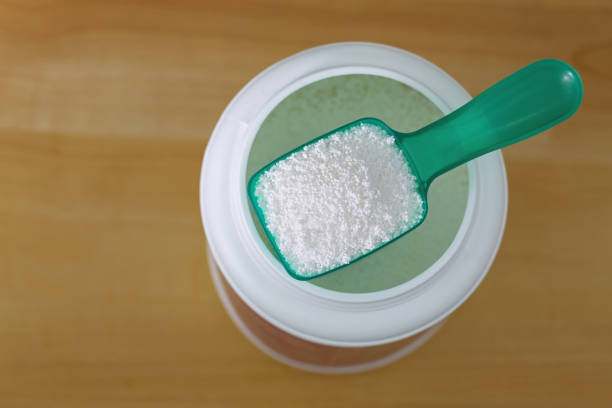 Impact of Powder Anionic Polyacrylamide in Enhancing Papermaking Processes
2024-03-25
Impact of Powder Anionic Polyacrylamide in Enhancing Papermaking Processes
2024-03-25
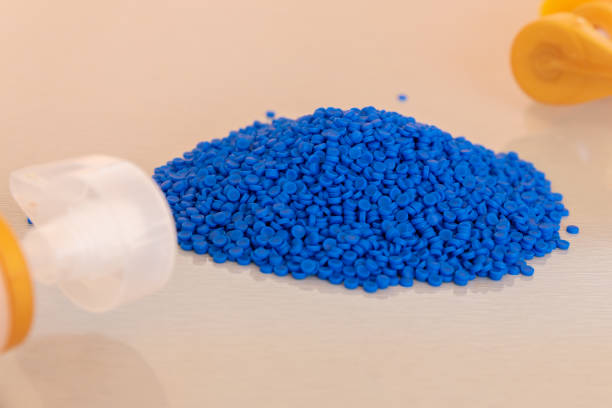 Navigating Environmental Stewardship: The Impact of Polycrylamide Emulsions
2024-03-23
Navigating Environmental Stewardship: The Impact of Polycrylamide Emulsions
2024-03-23
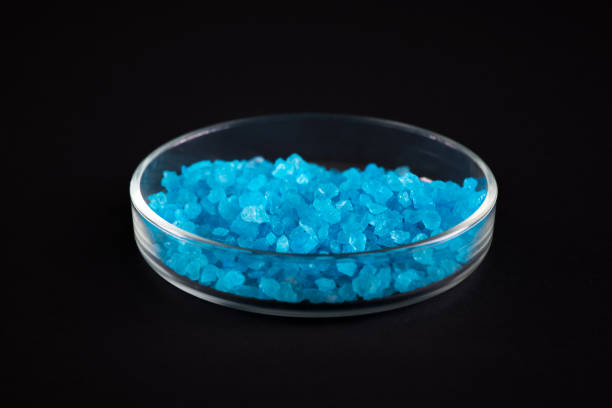 Finding the Perfect Compatibility: Polycrylamide Emulsions and Other Chemicals
2024-03-21
Finding the Perfect Compatibility: Polycrylamide Emulsions and Other Chemicals
2024-03-21
The mechanism of drag reduction has many theories and there is no consensus yet. These include the pseudo-plastic theory, turbulent pulsation suppression theory, viscoelastic theory, effective slip theory, and turbulent suppression theory, among others.
For example, CDR102 is a high molecular weight poly-σ-olefin with a molecular weight of 10~10. This kind of high molecular weight polymer is a rubbery solid as a pure agent and is typically dissolved in hydrocarbon (kerosene) solution as a commodity. A 10% drag reducing agent solution is highly viscous and viscoelastic, making it difficult to flow and can be stretched into long threads. The high polymer drag reducing agent can dissolve in crude oil or oil products but is insoluble in water, and when exposed to water, the long chains of molecules curl.
The drag reduction effect is a macroscopic manifestation of the drag reduction impact on the turbulent field. It is a purely physical effect. The molecules of friction reducer do not interact with the molecules of the oil and do not affect the chemical properties of the oil, but they are closely related to its flow characteristics. In turbulence, the velocity of fluid particles varies randomly, forming large and small vortices. The large-scale vortices absorb energy from the fluid, undergo deformation and fragmentation, and transform into small-scale vortices. The small-scale vortices, also known as dissipative vortices, are weakened and dissipated under the action of viscous forces. Part of the energy they carry is converted into heat and dissipated. In the near-wall boundary layer, this transformation is more severe due to the shear stress and viscosity of the wall.
After the addition of drag reducer into the pipeline, the drag reducing agent is dispersed continuously in the fluid phase. Due to its unique viscoelasticity, the long chains of molecules of the drag reducing agent extend naturally in the flow and directly affect the motion of fluid elements. The radial force from the fluid elements acts on the drag reducing agent elements, causing them to twist and deform.
The gravitational force between the drag reducing agent molecules resists the aforementioned force acting on the fluid elements, changing the direction and magnitude of the action on the fluid elements. This converts some of the radial force into axial force in the flow direction, thereby reducing the energy consumption of useless work and achieving a reduction in frictional resistance loss at the macroscopic level.
In laminar flow, where the fluid is subjected to viscous forces, there is no vortex dissipation like in turbulence, therefore, the addition of drag reducer is futile. As the Reynolds number increases, entering into turbulence, the drag reducer exhibit drag reduction effects. The larger the Reynolds number, the more evident the drag reduction effect. When the Reynolds number is sufficiently large and the fluid shear stress is strong enough to destroy the molecular chain structure of the drag reducing agent, the drag reducing agent degrades and the drag reduction effect decreases or even completely loses its drag reduction effect. The concentration of drag reducing agent added affects the thickness of the elastic sublayer formed inside the pipeline. The higher the concentration, the thicker the elastic sublayer, and the better the drag reduction effect. In theory, when the elastic sublayer reaches the axis of the pipeline, the drag reduction reaches its limit, namely the maximum drag reduction. The drag reduction effect is also influenced by factors such as the viscosity of the oil, the diameter of the pipeline, water content, and pipeline cleaning, among others.
